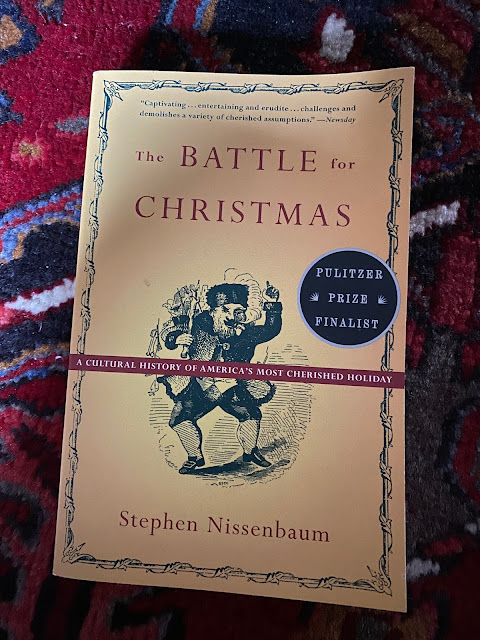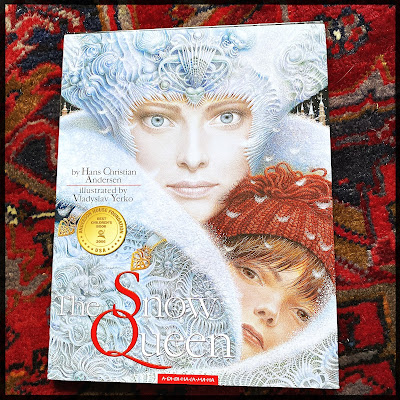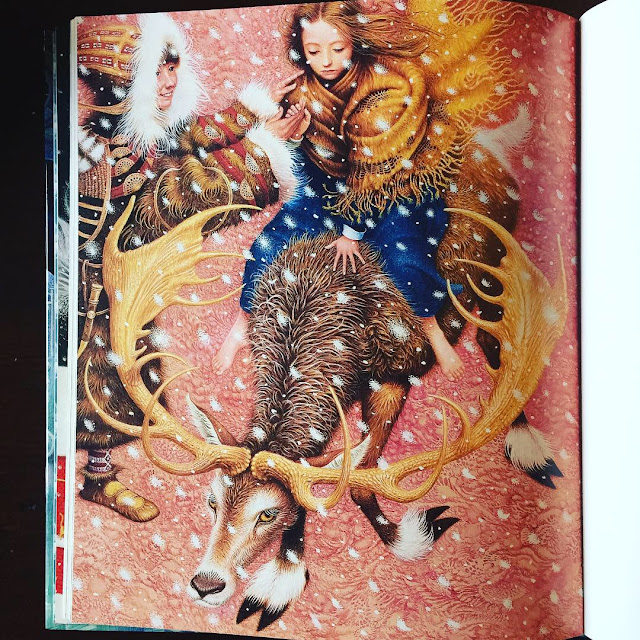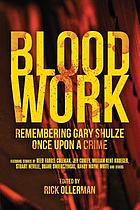 |
| “Speak comfort to me, Jacob Marley— Southern Comfort!” |
December vexes me. Like Charlie Brown in the old TV special, I am always trying to wring some vestige of meaning from a season that is needlessly overwrought and overburdened with cheap sentiment.
Without intending to do so, some years ago I became an obsessive student of Christmas. I spent five years of my life and 500,000 words trying to write the ultimate Yuletide novel. Was I successful? Eh. Let’s just say that in the process I learned a lot about the holiday. I learned that when the season turns dark and cold, we at least have great writing (not mine) to sustain us.
Some pieces I love: The Man Who Invented Christmas by Les Standiford is solid, narrative nonfiction about the writing and publication of A Christmas Carol by that canny self-published author, Charles Dickens. I like A Christmas Memory by Truman Capote. The old recording of A Child’s Christmas in Wales, read by Dylan Thomas himself, is a perfect way to embrace the close and holy darkness. If there is a church nearby that is mounting a production of Handel’s Messiah, I will always go to hear the Hallelujah Chorus one more time. But if you are short on time, you can do no worse than “The Gift of the Magi,” by O Henry. For that matter, as long as you’re going short, my fellow Sleuthsayer David Edgerley Gates wrote a post on Christmas Eve, 2014, that chokes me up every time I read it. Each year, late in December, I navigate to this very website and that particular post to re-read his critical graf:
“Taken at face value, unto us a child is born—no room at the inn, the shepherds tending their flocks by night, the journey of the Magi—it still works its magic. You don’t have to believe it’s the hand of God, necessarily. Probably doesn’t do any harm, either. The hopes and fears of all the years. We bring a lot of baggage to any story. Maybe we bring more to this one than most. It's an investment. We all believe in a child’s native innocence. The loss is our grief. If, for sake or argument, we don’t know the story’s end, but only how it begins, then the birth of Christ is the stirring of hope. We embrace the myth because it’s our own, each of us born, each of us begun. Destiny waits to be chosen.”
He’s marvelous, isn’t he?
Of course, if you’re me, maybe you end up scrolling to this web page maintained by the National Institutes of Health. There you will find numerous peer-reviewed academic papers that attempt to solve the mystery at the heart of Christmas: What ails Tiny Tim?
Tiny Tim is the third-most important child of December. The first, of course, is the child you know and love. Your children and grandchildren, say. The second is the child who gives Christmas its name. Then comes Tim, in his threadbare jacket, limping along on his crutch.
For 179 years this poor child has appeared in stage and screen productions of the Dickens novella and the entire world knows his pain. From Day 1, astute readers should have anticipated that eventually actual doctors would begin to wonder just what was wrong with the tyke. That is the essence of those NIH papers: Modern masters of the differential diagnosis are having a blast trying to figure out just what illness nearly killed poor Tim.
Here are the facts: The boy suffers from an unnamed ailment that renders him lame, forcing him to wear a brace and a crutch. In the fictive glimpse provided by the Ghost of Christmas-Yet-to-Come, Tim dies. After Scrooge’s redemption, however, we are told that Tiny Tim “did not die.” In other words, Tim’s affliction could in fact by cured by a judicious expenditure of Ebenezer’s silver.
Did Tim have rickets? Or was it tuberculosis, cerebral palsy, muscular dystrophy, or renal tubular acidosis (RTA)? All of these diseases can be ameliorated, apparently, with the right kind of medical attention. Every year, when the now-practically-annual article about Tim’s illness appears in my newsfeed, I read the story eagerly, wondering if someone has definitively cracked the case. No such luck. Indeed, it’s beginning to look a lot like we will never know the truth, and that Dickens took this one to his grave, along with the solution to Drood.
One of the best articles I’ve found on this medical mystery concludes with the observation that Charles Dickens, reformer that he was, truly understood that the horrors of poverty are fundamentally socioeconomic. Who knows? Maybe Tim was never completely cured, but if his family had just a little more coin, they alone could have ensured that Tim lived a comfortable and long life. (The writer Louis Bayard wrote an entire novel entitled Mr. Timothy on the premise that Tim survived into adulthood.)
And maybe that is just as well. Because we have plenty of other Christmas mysteries to solve. In recent years I have begun seeing articles in which doctors attempt to puzzle out the mystery that appears in Stave V of A Christmas Carol. After his encounter with the third spirit, Scrooge awakes in his bed, clinging to his bedpost, “laughing and crying in the same breath.” Later, Dickens tells us:
“Really, for a man who had been out of practice for many years, it was a splendid laugh, a most illustrious laugh. The father of a long, long line of brilliant laughs!”
Several actors over the years have tried to bring this laugh-cry to life. Patrick Stewart has probably done it best. Here. Watch:
Here’s what some medical detectives are wondering: does that laugh/cry indicate a troubling respiratory condition?
And that, dear friends, is when I realize that I’ve spent entirely too much time researching and fretting about Christmas and too little time enjoying it.
I wish you the best in this season—and beyond.
Besides the links I’ve shared in this post, you might enjoy this post from an illustrators’ blog about best illustrated versions the Dickens classic.













































